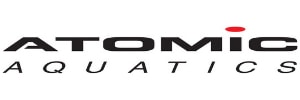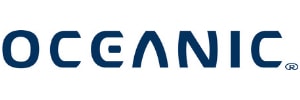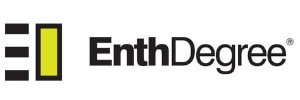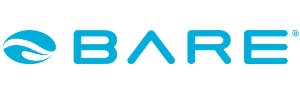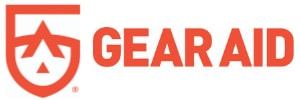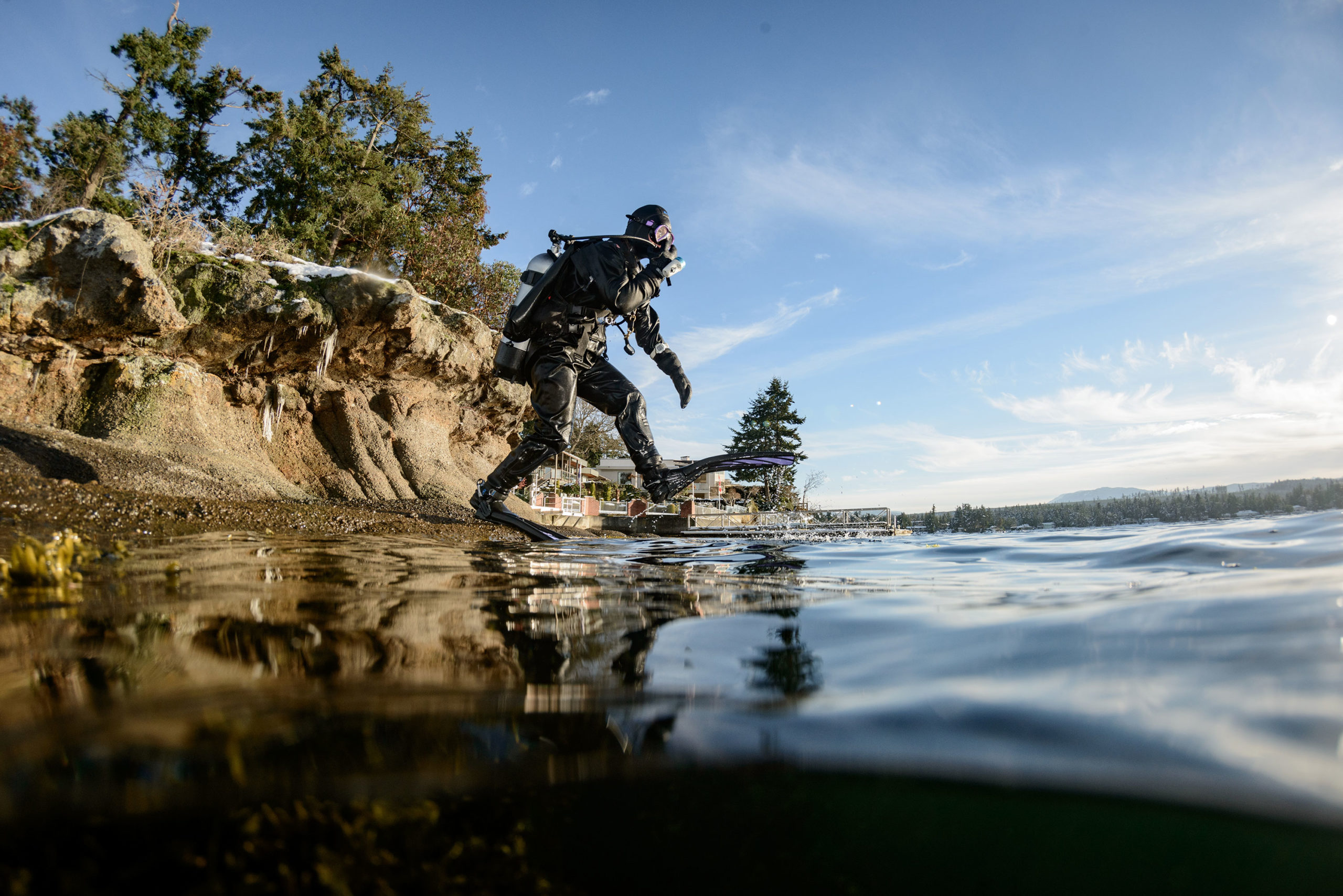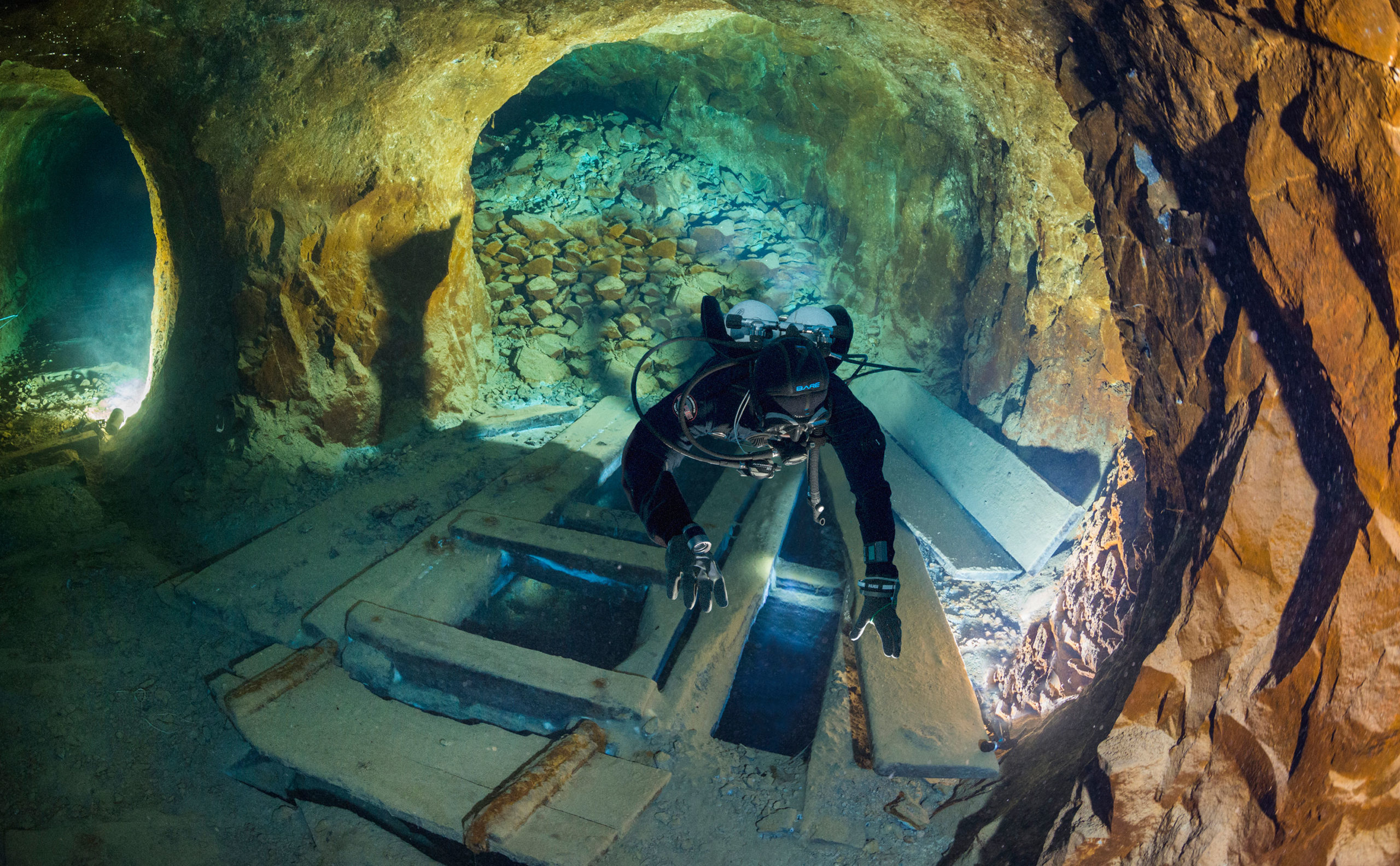Choosing a Drysuit
It isn’t uncommon for a drysuit to be a diver’s most expensive piece of equipment, for those who take that plunge. Even the most affordable suits can cost more than the typical “first car”. However, these suits, just like that first car, can take you places. They remove limitations. They allow you to grow as a diver. You get to see things you couldn’t have otherwise – things that few others have. You’re likely more comfortable, making your time underwater better. Technical diving is a more viable option. Cave diving practically requires it. Cold water demands it. Suit use puts you into an elite group of divers. And whilst you probably won’t ever wear a tuxedo underneath, and step into an exclusive fancy party directly after a dive like James Bond, it’s at least nice to know it’s an option.
With the amount of choice offered, along with the price tag that comes with a drysuit, it can be a daunting endeavour to even just buy one, let alone learn how to use it (more on that later). Getting this purchase wrong can be a big “whoops”, especially when going custom. That “tailor-made suit”, made for you and no one else – if you (or the manufacturer) get that wrong, that suit is now not made for you (and likely no one else). And since that custom job comes with a custom price tag, you may find yourself crying in your cheap beer, lamenting over the holiday(s) you could have taken instead.
Bare Sports
Submerged Nation partners directly with Bare for good reason. With an entire focus on thermal wear craftsmanship, Bare makes it their business on how to best keep you protected from the elements. Bare drysuits are handmade by the same craftsmen and women that have been making Bare drysuits for over 50 years.
Bare’s commitment to product enhancement, along with tailoring suits to environments and diver needs, has led to over 20 drysuit models offered worldwide. From innovative construction techniques, such as No Stitch Technology, to positioning fabrics on the bias to improve flexibility and stretch, Bare’s intentionality and commitment to excellence are what sets it apart.
Bare’s longstanding history of durability has earned the company a reputation for reliable workmanship. Bare backs that workmanship with a limited lifetime guarantee on every one of their suits. Bare guarantees the seams and workmanship for the entire life of its products, even if you’re not the original owner—the only guarantee of its kind in the industry.
Bare stands behind its products like nobody else, because Bare customers deserve a product like no other. With Bare’s reputation, product quality, and dedication to the diver experience, the choice for Submerged Nation was easy. After years of working together, the confidence in our partner decision has only grown.
Neoprene vs. Commercial Grade Neoprene vs. Trilaminate
There are different types of drysuits available to the recreational diver, with some being neoprene, others a commercial grade neoprene, and trilaminate. Different divers have different preferences, with benefits and drawbacks to each. Bare has ratings for its different models, side-by-side, measuring fit, flexibility & ease of movement, abrasion resistance, and puncture resistance. These elements, factored in with the thermal control/range you desire, along with your budget, can help you make the decision best for you.
Off-the-Rack or Made-to-Measure
Whilst model is important, deciding whether a suit needs to be altered is a personal choice. Made-to-Measure is typically done for three reasons:
- A base model won’t fit you
- There are features you want to add/change to an existing suit
- The off-the-rack model (an Aqua Trek suited for Australian diving) is not the model of suit you desire
When investing this type of money into your dive kit, fit is of great importance. How can a diver determine if a base model won’t fit them? One way to decide is by looking at Bare’s drysuit measurement charts for their base sizes, to see if these measurements are suitable. These have been built to be suitable for most, making sizing a non-issue for the majority of people. Another way is to try on base model suits. This can be done either in store (if your dive shop carries a range which includes your size), or at a demo day, where a “fleet” will be present for “try-dives” in the pool.
You must take into consideration that most drysuit manufacturers don’t have a “base range” available in Australia, and therefore a “custom suit” order can be very risky, as you don’t know what you’re altering. Bare, on the other hand, has its “Made-to-Measure” feature, altering parts of the base model suit you can already familiarise yourself with.
The ways in which you can alter your dry suit are countless! It can be as basic as choosing a preferred colour, to more specific requests such as the exact positioning of a secondary purge. The most common modifications include choice of neck and wrist seals, where pockets should go and which style, what boot/sock system a diver chooses, and purge/inflator valve alterations. With our drysuit builder program, once you’ve decided on your “base model”, the options available to you on your suit are presented. Details on each option are available in the Bare Buyer’s guide.
Also, Bare has +20 base models with good reason. If you’re after a commercial grade neoprene suit with superior flexibility & ease of movement, abrasion resistance, and puncture resistance, then the Sentry or the Guardian is a better choice for you than the stock “Australian Aqua Trek”. However, no matter the model, the off-the-rack suits will ensure you are that much more confident/accurate in your decision of sizing.
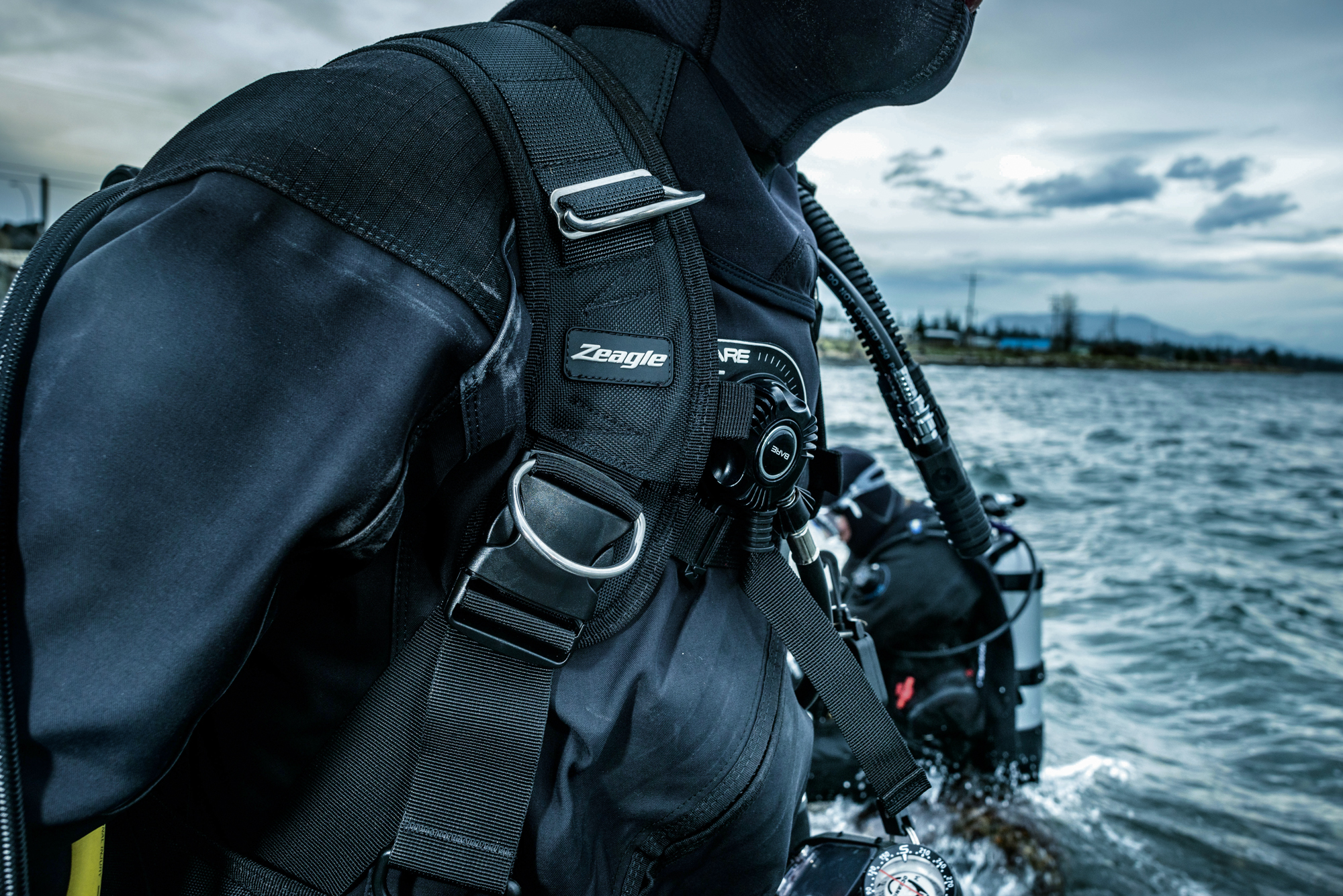
Drysuit Demo Days around Australia
Every dive shop arranges their demo days differently, making it important that you reach out to the shop hosting the day prior to arriving. There may be limited spots on the day and certain dive shops have requirements to be able to attend, such as being a member of their club. Regardless, the day itself all comes down to one thing – trying on drysuits in the water.
Experience in drysuits is typically not required when attending a demo day, as it more often than not takes place in a controlled environment, such as a pool. This also gives anyone the chance to experience what diving in a drysuit is like. That curiosity alone should be enough to get any non-drysuit diver out for the day. Generally, you are given your size of drysuit, and allowed to experience first-hand the suit itself. You can see how flexible it is, what the ease of movement is like, and most importantly, how well the suit fits you.
There is often a deal available on the day itself, giving any diver an incentive to take action. This can take many forms, so it is best to check with your local dive shop what will be on offer beforehand.
The Aqua Trek 1 for Australia
The Aqua Trek 1 is designed specifically for Australian diving. It is lightweight, and actually a quadlaminate, as it has 4 materials versus the typical 3 in trilaminates. The materials in the suit offer enhanced flexibility over other current butyl trilaminates, built with an outer layer of cordura for toughness.
A unique feature of this suit is its breathability. The materials used and construction of the layer, allow the membrane to let water vapour pass through but prevent actual water from entering the suit, and depending on what the diver is wearing underneath, ensures the diver is less likely to overheat on the surface. The breathability of the suit makes it much more versatile than other drysuits, even for warmer water.
M Padz knee protection offers 2mm neoprene padding added to the knees. This gives greater protection for an area which tends to get a lot of wear, whether that is kneeling on the bottom or through kicking motions. Whilst contact with the bottom is not encouraged, certain times may call for this, such as in an open water class.
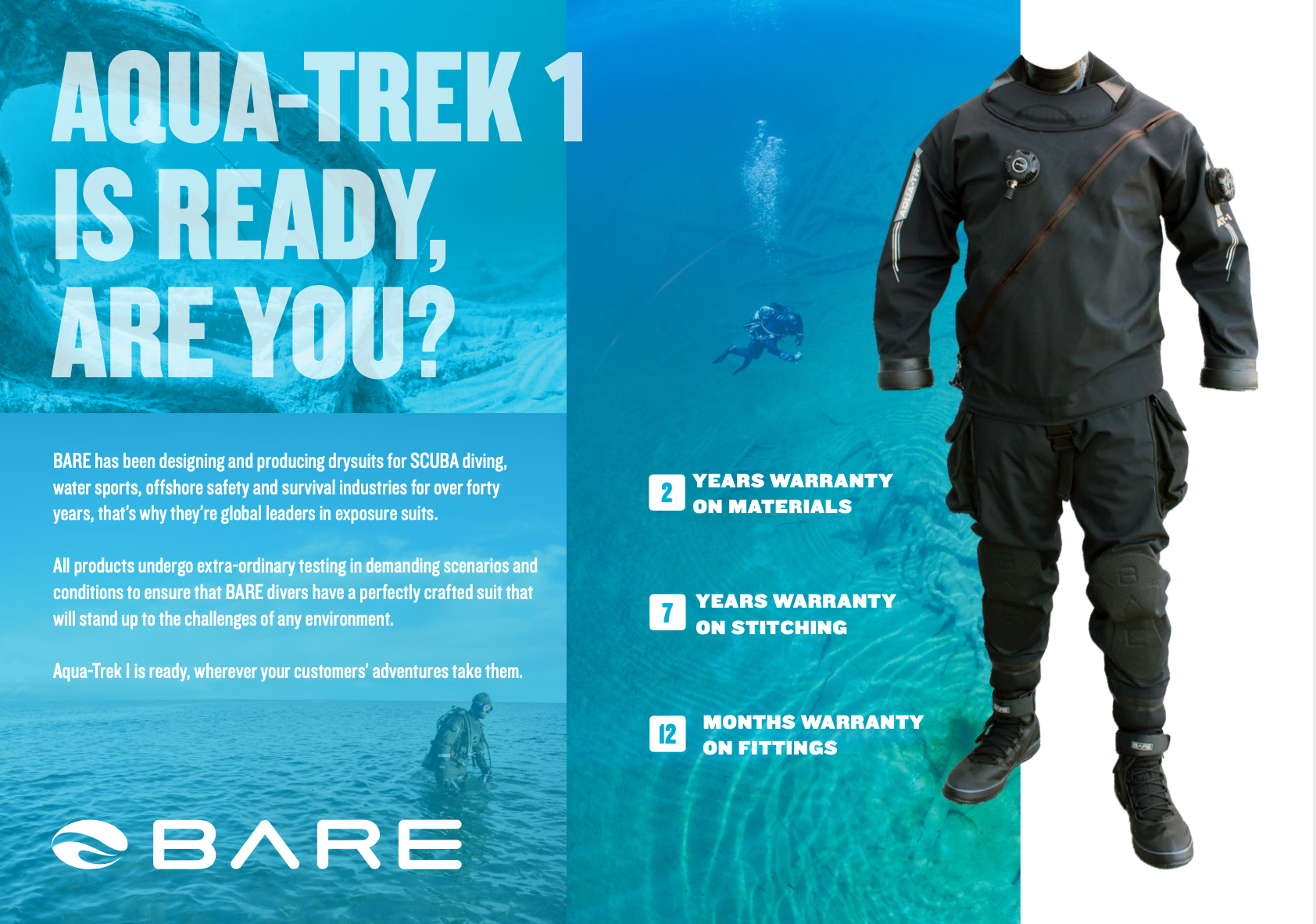
Theses drysuits also have two self-draining pockets with stainless steel attachment points on the inside, which are great for spare masks, SMBs, camera accessories, or storing a diver’s hoods/gloves between dives. A neoprene sock is also attached to the suit which can be used with traditional boots, but most people prefer using the lace-up boots.
The diagonal front zip makes for easy donning and easy in/out. Some other drysuits have a zip along the back, making it nearly impossible for someone to get in/out on their own. By having the diagonal front zip, the diver can be more independent in their gear setup, as it is self-donning. This is also a T-zip, made of nylon which makes the suit more lightweight, and the zipper more flexible. Because it is made of nylon, it is corrosion-proof, and still water tight.
This suit includes a 2mm nylon/smoothskin warm collar with a vented neck drain, providing an improved seal with the Bare dry hood and is equipped with Si-Tech replaceable silicon neck +wrist seals. The benefit of these seals is that they are made from Silicon instead of latex, so they don’t break down as quickly from UV light or heat meaning they last much longer. The seals are also field replaceable, cheaper than seals that are built in, come in 2 different colours and many divers find them more comfortable.
The suit also includes Si-Tech manual auto shoulder dumps and an inflation button for easy, reliable air control. The bracers/suspenders within this suit have four anchor points for extra attachment strength, giving a diver better comfort between dives when they can remove their top.
A telescopic torso fits the contours of the diver’s body better than other drysuits, which look much baggier with bigger air spaces for air to get trapped. There is also internal double seam tape construction at “critical wear” seam points for added durability. On the outside of the suit is external felled seam construction, increasing seam integrity, making it low profile, and less prone to abrasion. This also finishes for a clean look on the suit.
Each drysuit also comes with a Bare drysuit bag, with optional extras being the Bare hood and boots.
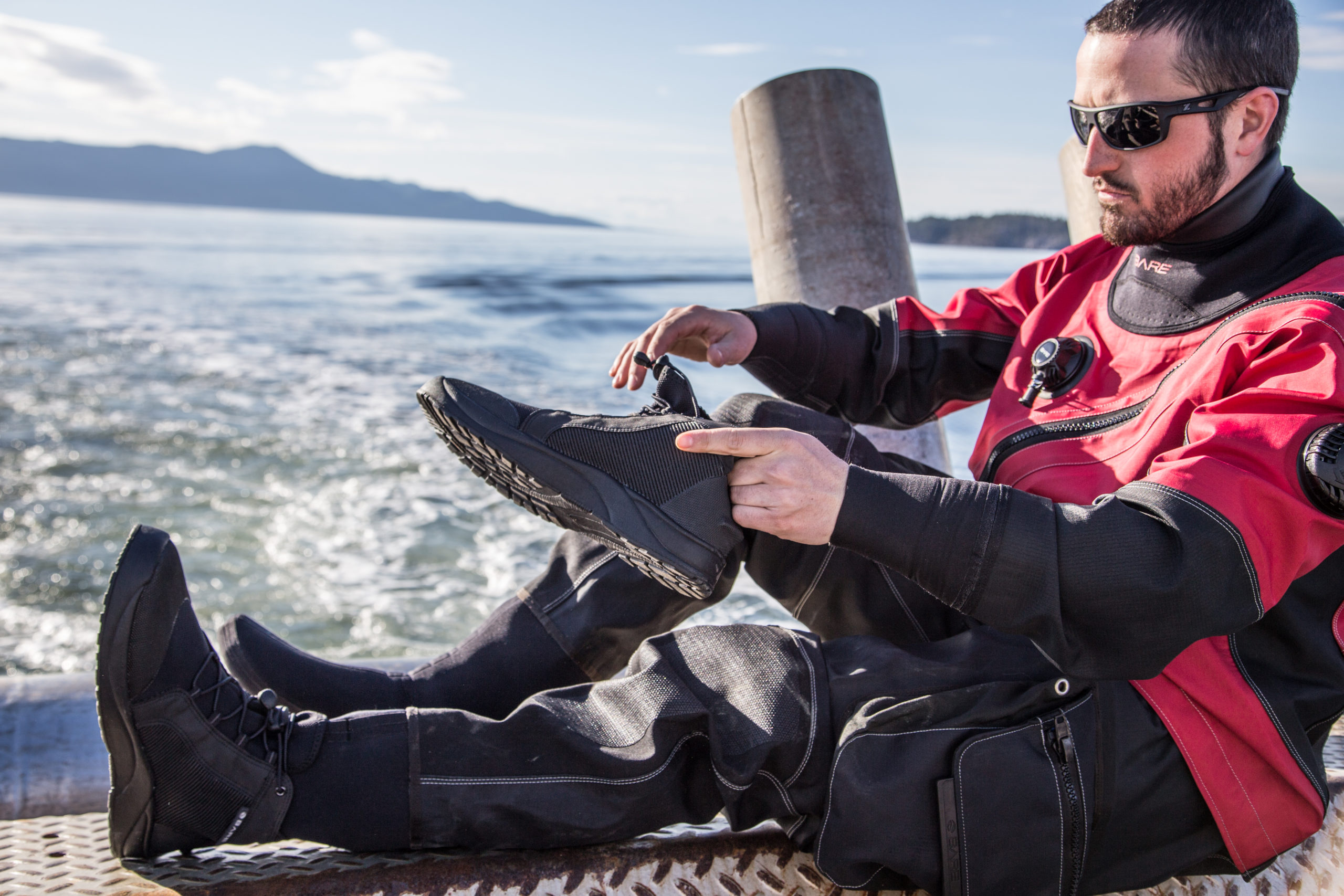
Drysuit Accessories
Other elements of thermal control, such as glove choice, hoods, and types of undergarments go beyond the scope of this article, and could warrant an article themselves. Bare even has the only purpose-built undergarment material in existence at the time of writing this article. But, if we did continue much further into drysuit accessories, you might think us full of hot air.
Instead, we’ll leave that to the drysuits. Those extra elements can all be addressed on the next drysuit demo day you attend. There are several scheduled around all of Australia, with a calendar on this page for easy reference.
To find out more about our Dry Suit Demo days please click here
To shop the latest Bare Drysuit range in Australia at Submerged Nation, click on the shop now button below.




